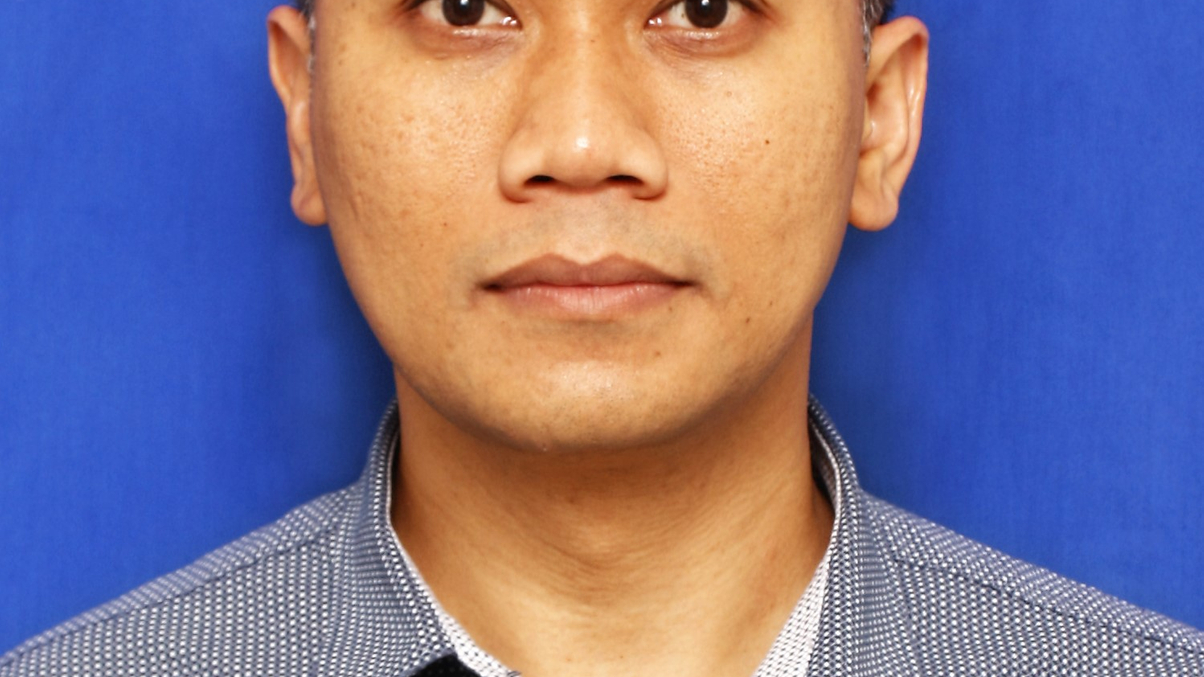Indonesia state pension to double equity exposure
BPJS Ketenagakerjaan's new $1 billion defined benefit scheme is moving to a more aggressive investment allocation in equities as it seeks to raise its returns.

Indonesia’s BPJS Ketenagakerjaan, the social security agency that manages $16.8 billion in retirement assets for private-sector workers, plans to double the domestic equity allocation of its relatively new defined-benefit (DB) scheme to 20% from 10%, to seek higher returns.
Sign In to Your Account
Access Exclusive AsianInvestor Content!
Please sign in to your subscription to unlock full access to our premium AI resources.
Free Registration & 7-Day Trial
Register now to enjoy a 7-day free trial—no registration fees required. Click the link to get started.
Note: This free trial is a one-time offer.
¬ Haymarket Media Limited. All rights reserved.


